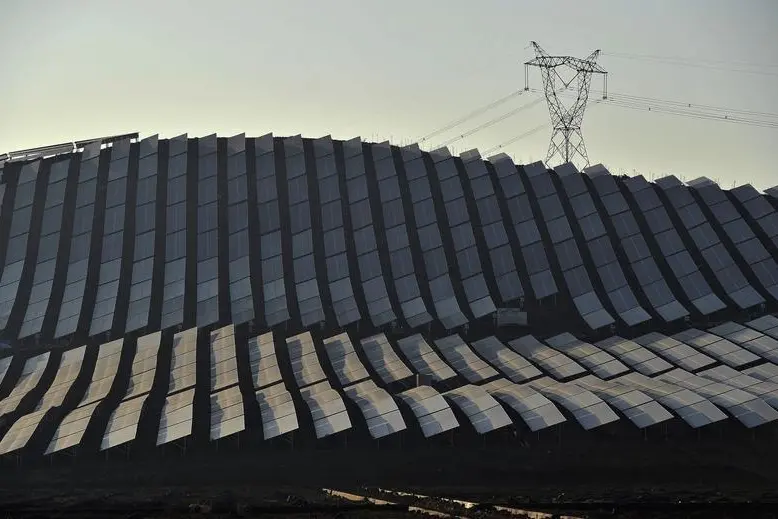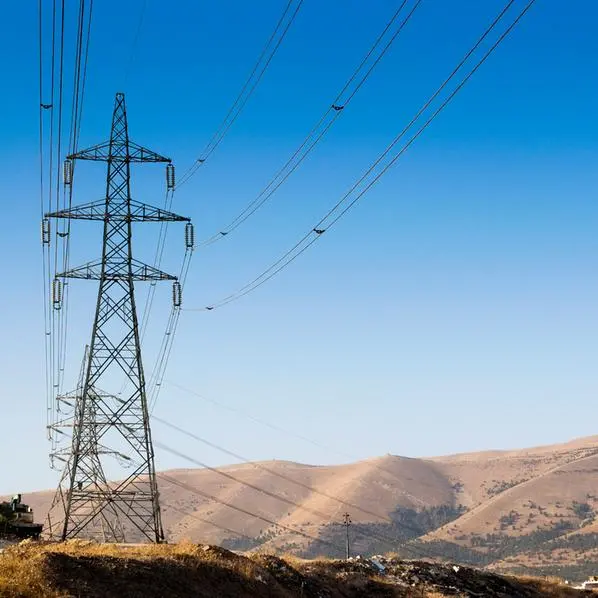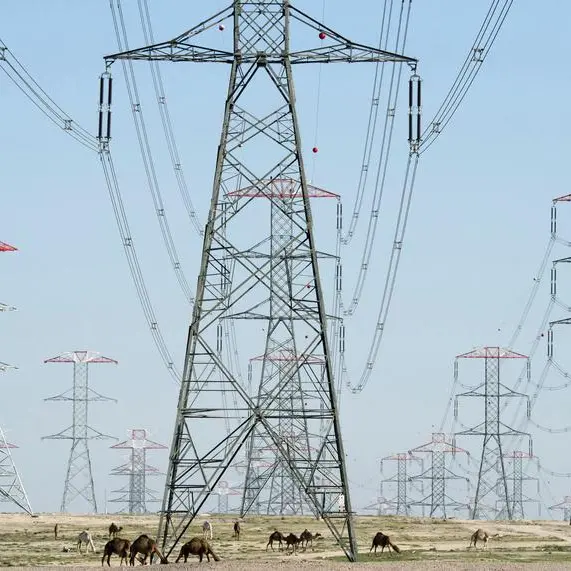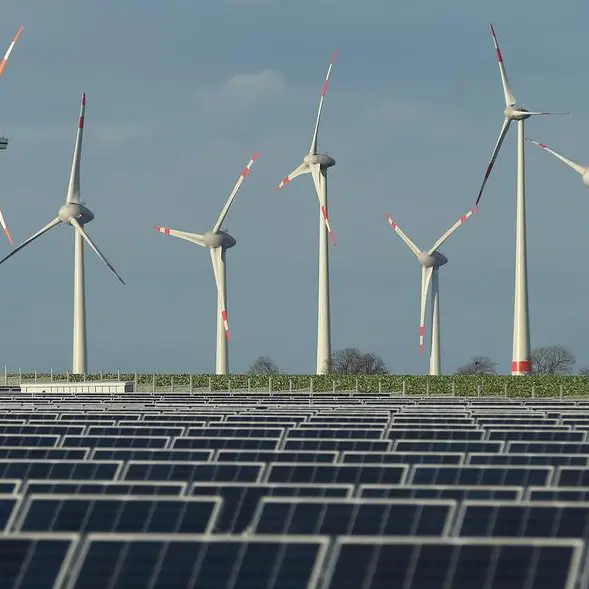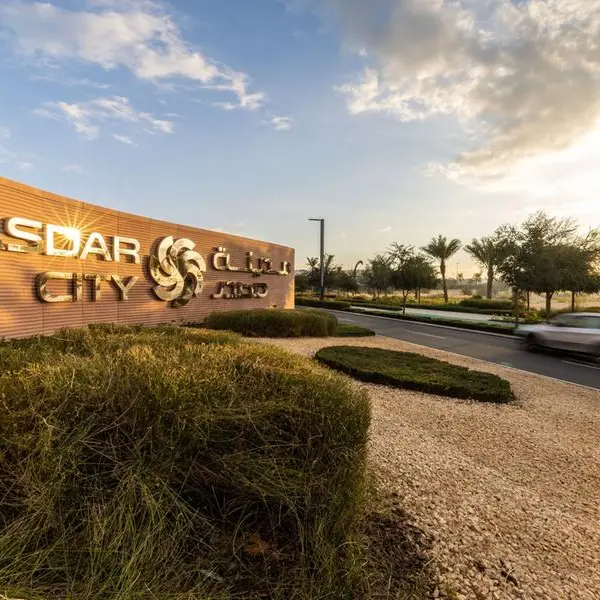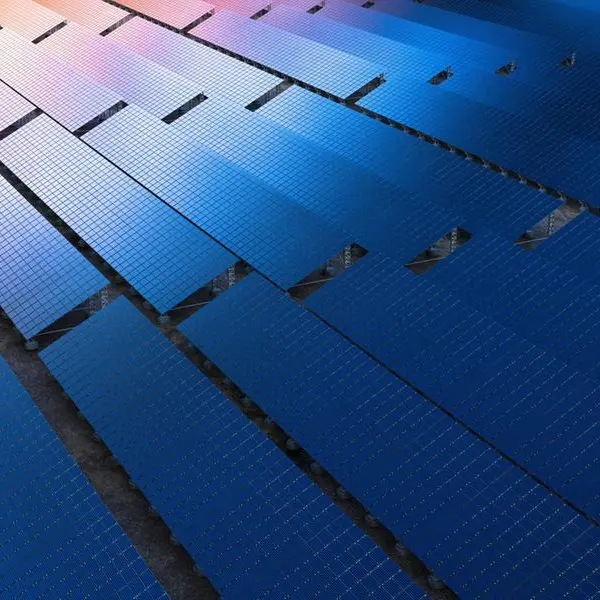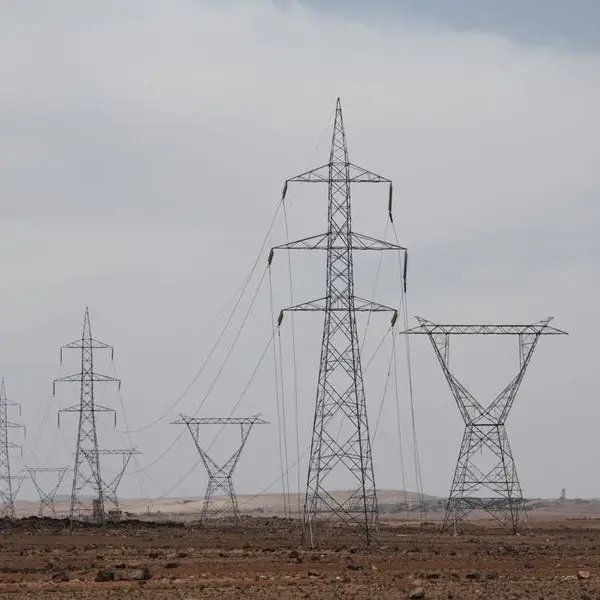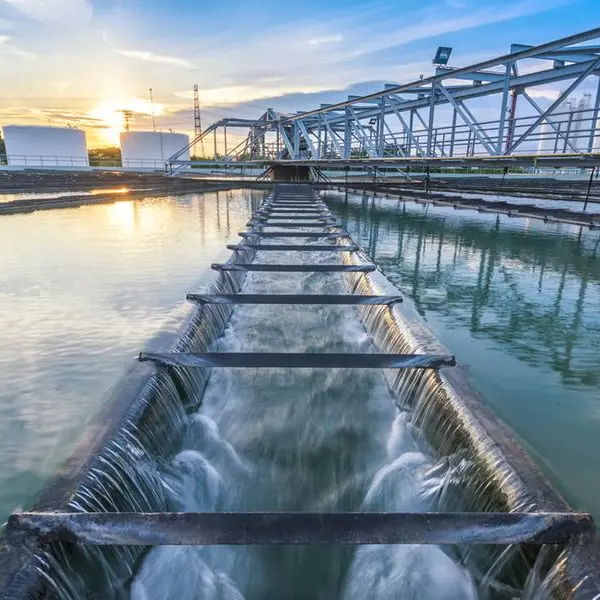PHOTO
Grid extension with large-scale wind and solar photovoltaic power procured via well-designed auctions can provide affordable electric power to a large section of Africa's population. However, inflation and currency crisis have created financial stress and pushed many clean energy firms towards bankruptcy, according to experts at a panel discussion organised by Africa-EU Energy Partnership (AEEP).
Emma Gordon, Energy and Investment analyst at the International Energy Agency (IEA), said the number of people without access to modern energy is rising for the first time due to the pandemic, inflation, and the currency crisis.
"In a decade, globally, around 75 million people who recently gained access to electricity are now likely to lose the ability to pay, and 100 million may revert to the use of traditional biomass for cooking, and the majority of these are in Sub-Saharan Africa. This means that the financing needs (to meet universal energy access goals set out in the Paris agreement) will rise."
An AEEP report on 2022 financial flows into Africa released last week found that more than 20 African cross-border interconnector projects are between the pre-feasibility and construction stages, but many are advancing too slowly.
The report noted that European funds were significant contributors and committed €4.6 billion ($4.9 billion) to T&D projects in Africa between 2014 and 2020, most of which were directed toward large-scale grid projects.
Gordon observed that during 2020-21, procurement of grid connections was quite resilient, backed by a promising project pipeline before the pandemic, which has since slowed, and African utilities lack the funds for these projects.
"Most utilities in the region tend to have massive operational losses, and these have been climbing further since the pandemic. These risks will likely remain over the next few years, given the high debt and inflation," she said.
Offgrid's bankruptcy woes
According to Gordon, the off-grid space faces even stronger headwinds as inflation has hit consumer demand, and prices of key components used to manufacture solar PV modules, batteries, and inverters are rising very sharply.
"The cost of solar, hybrid, and mini-grid has increased by at least 20% from pre-pandemic levels. The average market price for a new solar home system has increased by around 30 percent since 2020. Sales of large solar home systems in 2021 were nearly 1/3rd lower than their 2019 peak, with the largest declines seen in East Africa.
These costs put firms under financial pressure, further exacerbated by local currencies depreciating against the dollar used to finance energy projects. The majority of the firms in the off-grid space risk bankruptcy in the next three years if current financial conditions continue," she said.
Daniel Odeoye, Principal, Verod Capital Management, a private sector investor in renewable energy projects, concurred that inflation and forex crisis are proving to be a double whammy for Africa as the continent lacks backward integration into the renewable energy value chain and imports most materials.
Odeoye said Africa has seen a double-digit rise in prices instead of the eight percent jump seen elsewhere, resulting in solar home systems becoming more expensive on a pay-to-own basis.
"Typically, the pay-in for a solar home system in the past was five years, but now it will take seven years to own it. Customers have been breaking systems after the fourth year because it's still under warranty and they can get a new one instead….. and companies have to pay that loss", he said.
Daniel pointed out that many firms are expected to go bankrupt because the pricing was not correct in the first place, as they raised money at fancy valuations during Covid.
"I needed only to sell 500,000 units to make money for my investors at those ridiculous valuations….. but now I need to sell two million boxes to make that money. That is why investment is going into the C&I solar space, where I am only bankrolling blue-chip local corporates who don't carry the risk of defaults or receivables or folks who can pass on the cost immediately. But going down the pyramid to households, it's a lot harder", he said.
Daniel noted that diesel prices have shot up by 40-50 percent across Africa, making solar or connecting to the primary grid much cheaper.
A recent AEEP research found that on-grid electricity from large-scale wind and solar PV power plants procured in well-designed auction systems (at the wholesale level) can be up to 30 times cheaper than electricity from distributed energy systems (solar home systems ). It can also be up to 15 times cheaper than electricity generated by mini-grids.
"The grid is too cheap, which is another problem (for off-grid systems)," said Odeoye.
(Writing by Sowmya Sundar; Editing by Anoop Menon)
